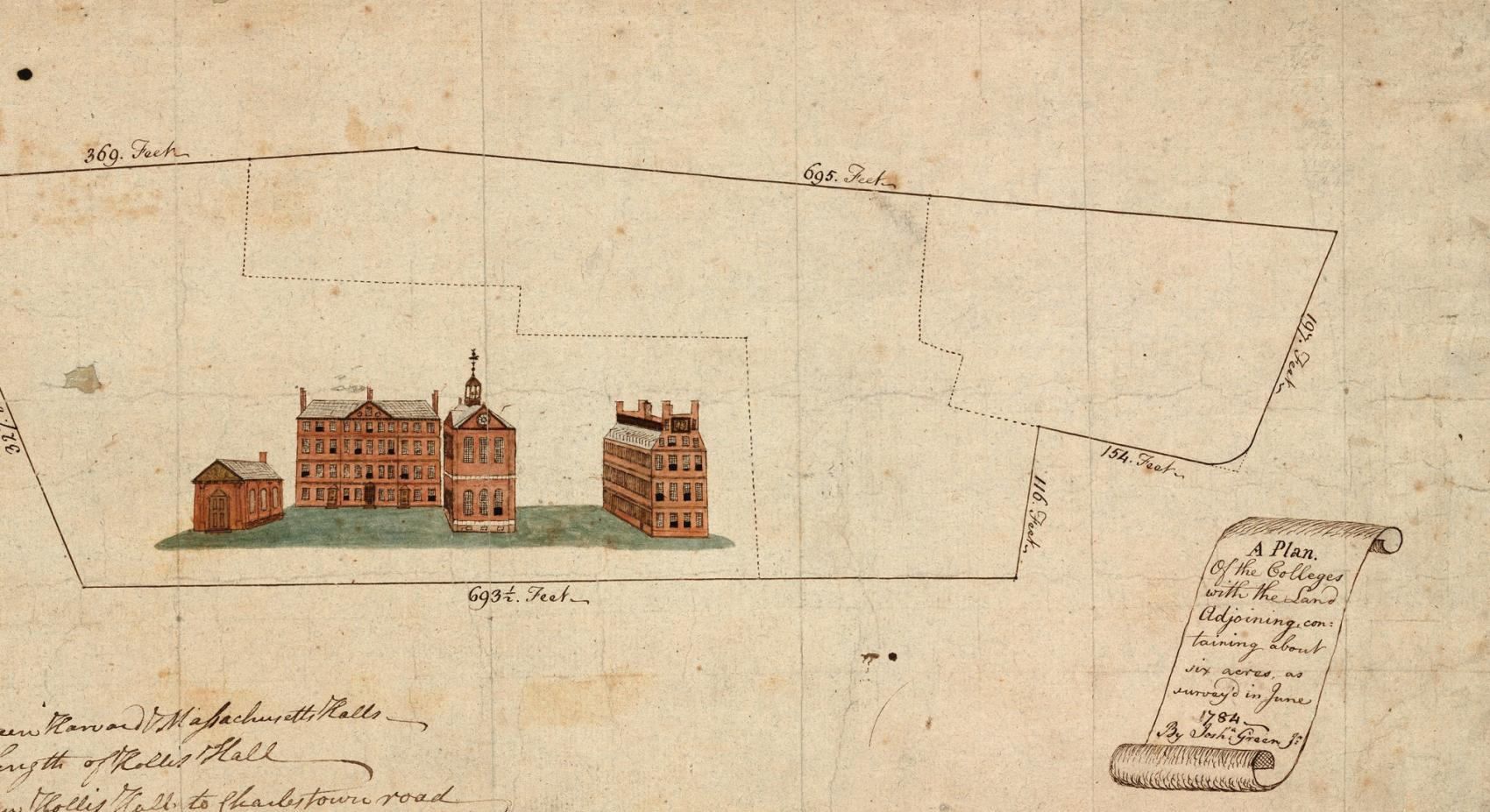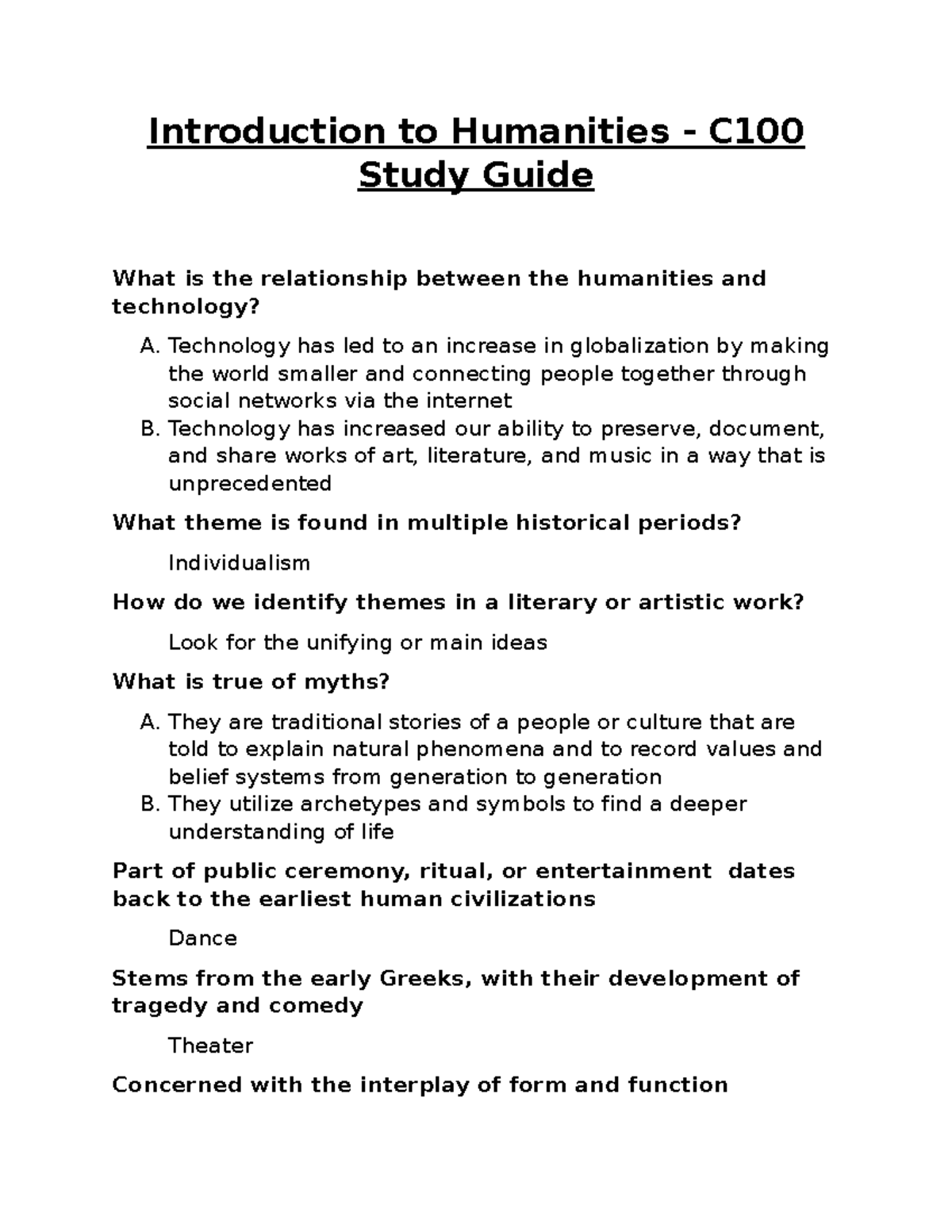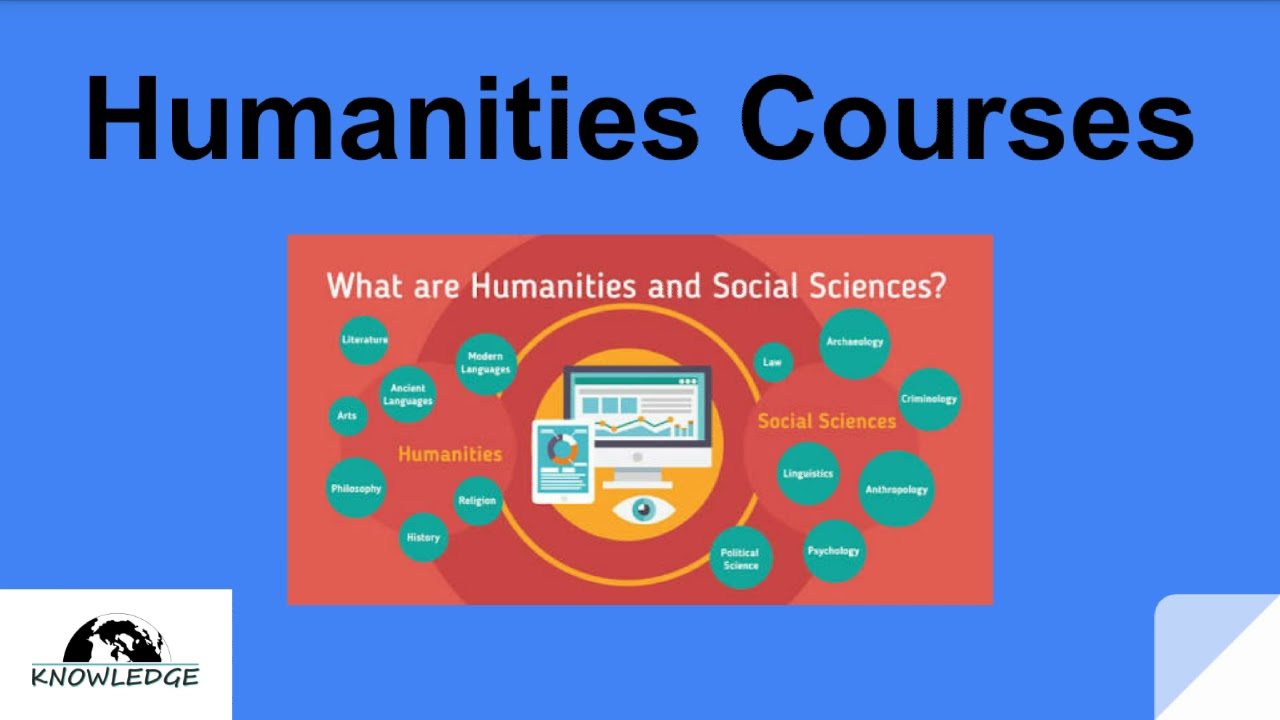The Harvard University Archives is a treasure trove that chronicles the rich tapestry of Harvard history and American culture through its extensive collection of historical documents and artifacts. With significant items on display, such as W.E.B. Du Bois letters and a handwritten note from John F. Kennedy, the archives illuminate the narratives that have shaped both the university and the nation. Archival exhibitions, like the current “Archives Inside Out” showcase, offer a unique glimpse into education artifacts that elucidate pivotal moments in history. Curated by dedicated archivists, these exhibitions make the university’s legacy more accessible and engage the public in the ongoing dialogue about its past. As Harvard University Archives expands its reach, it not only preserves these vital records but also inspires future generations to explore the depths of knowledge within them.
The archives at Harvard University serve as a vital repository for preserving historical records that reflect the institution’s academic legacy and societal contributions. By showcasing significant manuscripts, personal letters, and documents associated with influential figures, such as John F. Kennedy and W.E.B. Du Bois, these collections provide an enriching exploration into American heritage. Through their innovative exhibitions, the archival institution presents educational materials that foster deeper understanding and appreciation of pivotal events in Harvard’s past. This commitment to making historical documents publicly accessible allows for a unique educational journey through time, connecting audiences to the individuals and ideas that have shaped higher learning and cultural movements.
Exploring Harvard’s Rich History Through Archives
Harvard University Archives houses a wealth of history that tells the story of both the University and the nation. This historical repository captures significant moments and interactions through letters, documents, and artifacts. Notable finds include a handwritten letter from John F. Kennedy to his Harvard College classmates, which offers a glimpse into the life of a young man who would later become a pivotal figure in American history. Such artifacts allow researchers and the public to connect with Harvard’s educational legacy and its influence on national events.
In addition to Kennedy, the archives showcase the letters of W.E.B. Du Bois, a seminal figure in African American history, highlighting race relations in early 20th-century America. These letters serve as crucial educational artifacts, representing diverse perspectives and the ongoing dialogue about race and identity that continues to resonate. Hence, the archives not only preserve Harvard’s history but also reflect broader social themes critical to understanding American culture.
The Significance of the ‘Archives Inside Out’ Exhibit
The ‘Archives Inside Out’ exhibit at Harvard aims to demystify the work of archivists and make historical collections more accessible to the public. Through this exhibition, visitors gain insight into the archival process and its importance in preserving institutional history. The careful curation of this exhibit was driven by staff favorites, emphasizing personal connections to historical items and their narratives, encouraging a greater appreciation for the profession.
This unique approach to showcasing artifacts emphasizes both the storytelling aspects of archival work and its critical role in education. By illuminating the stories behind materials like photographs, letters, and documents, the exhibit reveals how these pieces of history converge to narrate significant events and figures in Harvard’s legacy, including the innovative roles played by women in early astronomical studies.
With items like sketches from the Harvard Lampoon and artifacts from World War II pacifists, the exhibit also challenges visitors to consider how these narratives shape our understanding of Harvard’s past and its community engagement. In doing so, ‘Archives Inside Out’ confirms that archives are vibrant spaces that reflect the ethos and aspirations of diverse groups within the Harvard community.
Highlighting Education Artifacts and Their Role
Education artifacts found within Harvard’s archives provide crucial insights into the evolving landscape of learning and scholarship. These items, such as the perpetual calendar created by former Harvard president Thomas Hill, showcase the intersection of education, innovation, and personal exploration within the University. Hill’s scientific pursuits symbolize the University’s longstanding commitment to inquiry and academic excellence, while reminding us that education is often coupled with personal endeavors and growth.
Similarly, letters between students like Ragan Henry and his roommate offer a window into the social dynamics and personal challenges faced by undergraduate students during the 1950s. These mundane yet poignant artifacts highlight the intrinsic value of personal narratives within academic archives, illustrating how education is deeply intertwined with the broader societal context.
The Role of W.E.B. Du Bois and His Correspondence
W.E.B. Du Bois’s correspondence housed within Harvard University Archives is a treasure trove of insights into race relations and intellectual discourse in America. His letters reflect not only his profound thoughts on social justice and equality but also his interactions with contemporaries who shaped the discourse on race. The recent digitization of these letters ensures their stories are accessible for future generations, reinforcing the importance of inclusion in historical narratives.
Examining these letters allows researchers to trace the evolution of African American thought and activism. They foster a deeper understanding of how Du Bois’s ideas were received and challenged by peers, such as Booker T. Washington, and document a critical time in American history. Thus, these artifacts serve as both educational resources and reminders of ongoing struggles for equality.
John F. Kennedy’s Influence on Harvard and Beyond
John F. Kennedy’s historical connection to Harvard is profoundly illustrated through his correspondence archived at the University. The handwritten note to his classmates encapsulates his journey from a Harvard student to the 35th President of the United States, serving as a reminder of how education shapes leaders. This artifact not only enriches Harvard’s storied past but also inspires current and future generations of students.
Kennedy’s time at Harvard, along with the insights contained in his letters, contributes to the narrative of American leadership. His experiences and reflections during his formative years provide important context for understanding his policies and vision as a leader. Items like these foster an appreciation for the profound impact that educational institutions have on shaping the trajectories of influential figures.
The Intersection of Gender and Labor in Archives
The depiction of ‘women computers’ in early astronomy at Harvard challenges the traditional narratives of scientific contribution. By spotlighting the roles women played in data collection and analysis, these archival images reveal the often overlooked labor that has been foundational to academic research. Their contributions underscore the importance of acknowledging diverse groups within the historical narratives preserved at Harvard.
This archival representation also encourages a broader dialogue about gender roles in academia and the workplace. It serves as a catalyst for discussions about the representation of women in science and technology today, reflecting ongoing challenges and advancements. Showcasing such items in exhibitions helps to elevate the stories of those who may have been marginalized in traditional histories, contributing to a more inclusive understanding of the past.
Engaging with Harvard University’s Digital Archival Innovations
Harvard University Archives has embraced digital technology to enhance public engagement with its vast collections. The implementation of web archiving practices, such as capturing issues of The Harvard Crimson during pivotal moments, illustrates how technology enables the preservation of contemporary history. This adaptability ensures that future scholars can explore essential narratives of the present, much like the letters and documents from previous centuries.
The digitization efforts represent a commitment to transparency and accessibility, allowing individuals from varied backgrounds to connect with the University’s rich history. Furthermore, it highlights the evolving nature of archival work, adapting to technological advancements while maintaining the integrity of historical records. These initiatives exemplify how archives can educate and engage audiences in contemporary discussions about history.
The Importance of Personal Letters in Archival Collections
Personal letters, such as those exchanged between Ragan Henry and Joseph Levow Steinberg, offer invaluable glimpses into the personal experiences of individuals during specific historical contexts. By preserving these everyday communications, Harvard’s archives create a nuanced portrait of life during their respective eras, demonstrating the intersection of personal and historical narratives.
These collections serve not only as primary sources but also as reminders of the shared humanity that connects people across time. Insights gleaned from personal letters provide a framework for understanding broader social issues, making them essential components of educational programs and research initiatives. They showcase how individual stories contribute to collective history, enriching our understanding of the past.
Understanding Archival Practices in Curation and Collection
The process of curating archival collections involves thoughtful selection and consideration, as demonstrated by the staff’s engagement in the ‘Archives Inside Out’ exhibit. The collaborative approach taken by archivists to choose items reflects a shared commitment to highlighting significant moments in Harvard’s history while bringing diverse voices to the forefront.
By actively involving staff in the curation process, the exhibit not only celebrates the breadth of archival materials but also emphasizes the expertise of those who preserve and interpret this history. This model encourages reflection on the archival profession’s role and importance, shedding light on how stories are crafted from the materials available while inspiring future curation practices that foster inclusivity.
The Legacy of the Harvard Lampoon in Historical Context
The Harvard Lampoon is a historical organization that highlights the intersection of humor and scholarship within the University culture. Sketches from the publication’s early editions, preserved in the archives, provide a comedic yet insightful look at student life at Harvard, showcasing the creative expressions that have long flourished in academic settings. This legacy serves to illustrate how humor can be a critical lens through which we understand serious topics related to education and society.
Accepting and preserving artifacts from the Harvard Lampoon demonstrates the archival commitment to capturing diverse narratives within student culture. These materials not only contribute to Harvard’s legacy but also reflect the dynamic nature of student engagement and creativity, reinforcing the notion that archival collections can be both entertaining and educational.
Frequently Asked Questions
What types of educational artifacts can be found at Harvard University Archives?
The Harvard University Archives houses a diverse range of educational artifacts, including letters, photographs, and documents that reflect the history of Harvard and its community. Notable items include handwritten letters from influential figures such as John F. Kennedy and W.E.B. Du Bois, which provide insights into both Harvard history and broader American societal contexts.
How can I learn about Harvard history through the Harvard University Archives?
To explore Harvard history, the Harvard University Archives offers exhibitions and access to a wealth of collections that showcase significant events, individuals, and artifacts related to the university. The ‘Archives Inside Out’ exhibit, for instance, features historical letters and documents that illustrate Harvard’s role in America’s narrative.
What is the significance of the W.E.B. Du Bois letters found in the Harvard University Archives?
W.E.B. Du Bois letters in the Harvard University Archives are significant as they provide valuable perspectives on race relations in America during the early 20th century. These letters, which form part of broader historical collections, illuminate Du Bois’s ideas and interactions with other influential figures, highlighting his impact on both Harvard and American social thought.
Are there any archival exhibitions currently displayed at Harvard University Archives?
Yes, the Harvard University Archives is currently hosting the ‘Archives Inside Out’ exhibition, which features select historical items curated by archivists. This exhibition showcases unique artifacts and documents, such as John F. Kennedy’s letter to Harvard students, aimed at demystifying the archival process and celebrating Harvard’s rich institutional history.
How does the Harvard University Archives preserve education artifacts?
The Harvard University Archives preserves educational artifacts through meticulous collection management, proper documentation, and conservation techniques. Archivists ensure that each item, from historical letters to institutional records, is safeguarded for future generations, providing valuable access to Harvard’s educational heritage.
Where can I find information about Harvard’s famous alumni in the Harvard University Archives?
The Harvard University Archives contains extensive collections related to Harvard’s famous alumni, including personal letters, papers, and biographies. By exploring these records, you can learn more about their contributions to society and their experiences during their time at Harvard, such as the notable correspondence of John F. Kennedy.
What role do archivists play in the Harvard University Archives?
Archivists at the Harvard University Archives play a crucial role in the preservation, organization, and accessibility of historical materials. They curate exhibitions, process collections, and assist researchers in uncovering the rich history reflected in the archives, thereby facilitating a deeper understanding of Harvard’s legacy and its impact on American history.
How can I access the collections at the Harvard University Archives?
To access collections at the Harvard University Archives, you can visit the archives in person or explore their digital collections online. Many historical items, including educational artifacts and letters from notable figures like W.E.B. Du Bois and John F. Kennedy, are available for research and public viewing.
What is the importance of the ‘Archives Inside Out’ exhibition at Harvard University Archives?
The ‘Archives Inside Out’ exhibition at the Harvard University Archives is important as it showcases unique artifacts that embody the history of both Harvard and America. This exhibition highlights the work of archivists while making curated pieces more accessible to the public, thus promoting a greater appreciation for archival materials and their historical significance.
Can I view digital versions of items from the Harvard University Archives?
Yes, many items from the Harvard University Archives are available in digital format through their online portal. This includes educational artifacts, letters, and historic documents that can be accessed from anywhere, making Harvard’s vast historical collections more widely available to the public.
| Key Item | Description | Significance | |
|---|---|---|---|
| Letter from John F. Kennedy to Harvard Class of 1940 | A draft letter from JFK to his classmates. | Offers insight into JFK’s personality as a historical figure. | |
| Photograph of Women Astronomical Computers | Depicts women working at the Harvard College Observatory in the early 1900s. | Highlights the often unnoticed contributions of women in science. | |
| Letter from W.E.B. Du Bois to Al. Bushnell Hart | Letter from the prominent civil rights advocate to his mentor. | Represents the diversity of thought in race relations in the early 20th century. | |
| Thomas Hill’s Perpetual Calendar | A rotating wheel chart illustrating days from 1583 to 1996. | Showcases the innovative thinking of a Harvard president beyond educational pursuits. | |
| Harvard Crimson Screen Capture from March 2020 | Documenting the Harvard community’s early COVID-19 response. | Provides a snapshot of historical events during the COVID-19 pandemic. | |
| Sketches from the Harvard Lampoon | Early publication sketches from a long-standing student group. | Represents the intersection of student life and Harvard’s rich culture. | |
| Letter from Seamus Heaney to Helen Vendler | A personal letter touching on literary themes. | Captures the relationship between a poet and a renowned professor. | |
| Letter from Ragan Henry to Joseph Levow Steinberg | Personal correspondence discussing race and friendship in the 1950s. | Sheds light on the experiences of marginalized communities during that time. | |
| Bound Typescript of Harvard Pacifists during WWII | Personal accounts against military service in WWII. | A historical record recognizing pacifism as a valid stance during conflict. | |
Summary
Harvard University Archives showcases a rich array of historical artifacts that illustrate not only the legacy of the university but also reflect broader American society through time. The ‘Archives Inside Out’ exhibit highlights significant documents ranging from personal correspondence to pivotal historical items. By bringing to light these unique contributions, the archives emphasize the importance of preserving diverse narratives and the intricate connections between Harvard’s history and that of the nation. This exhibition not only educates the public about archival practices but also celebrates the vital role these records play in understanding our past.




